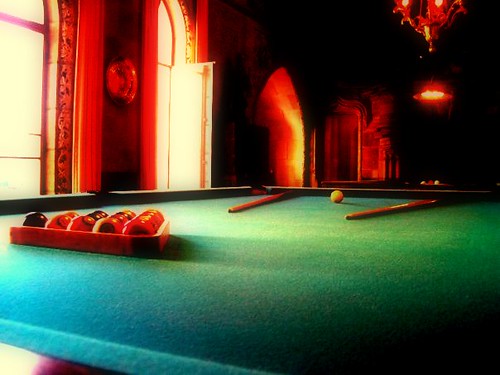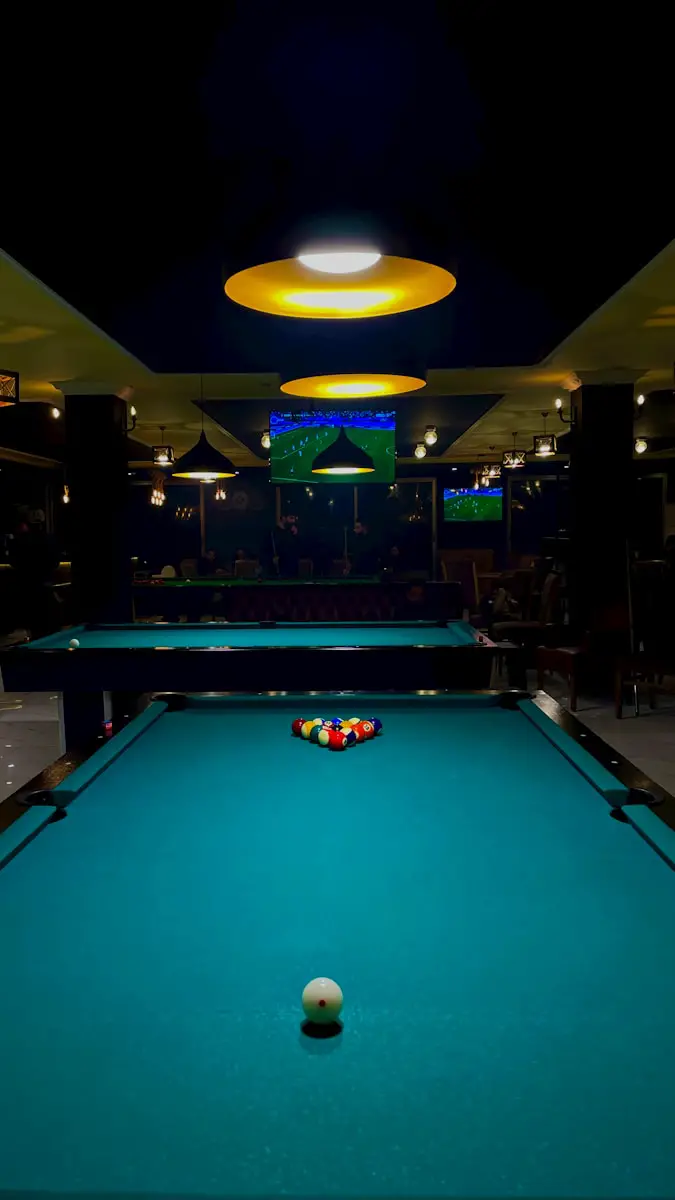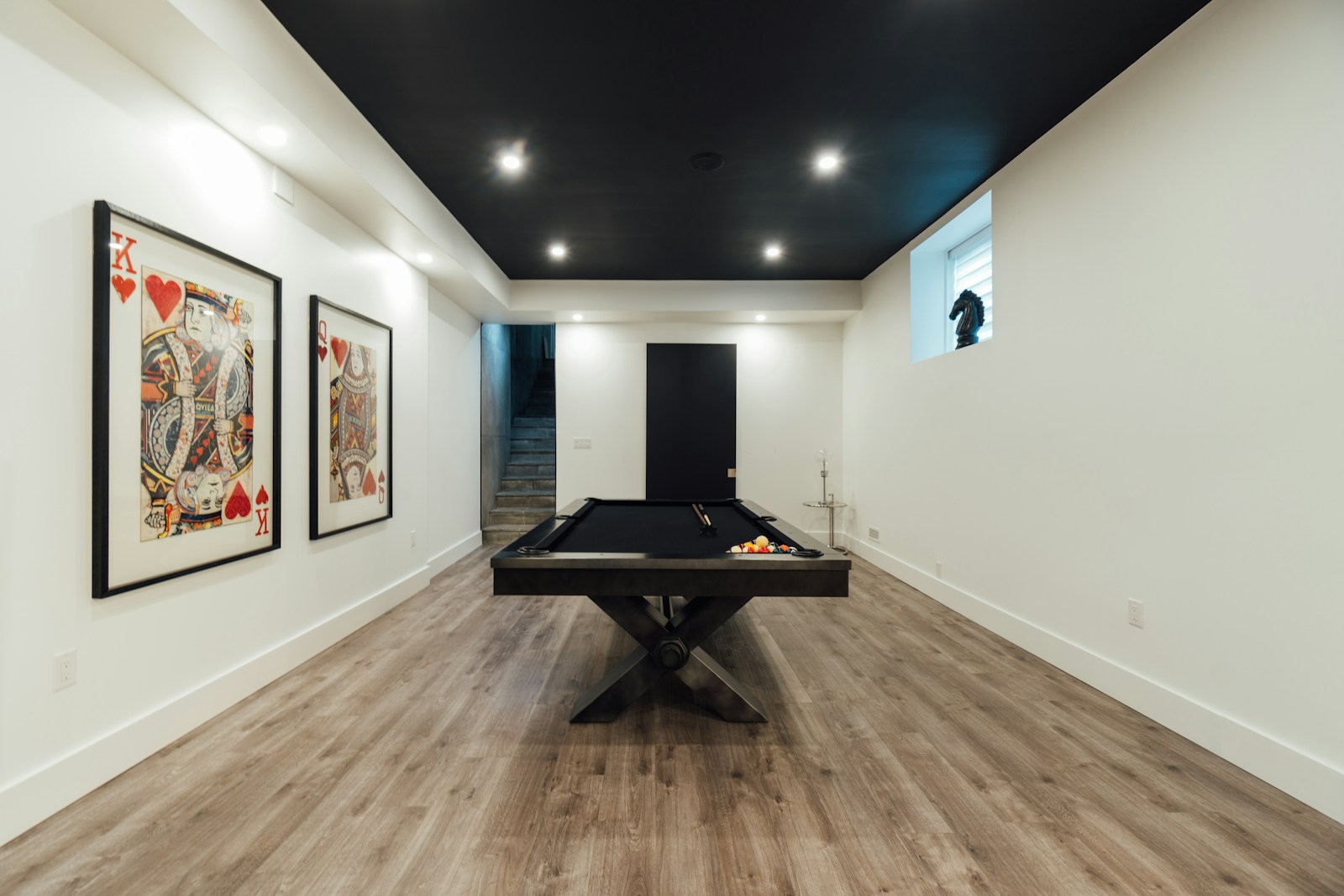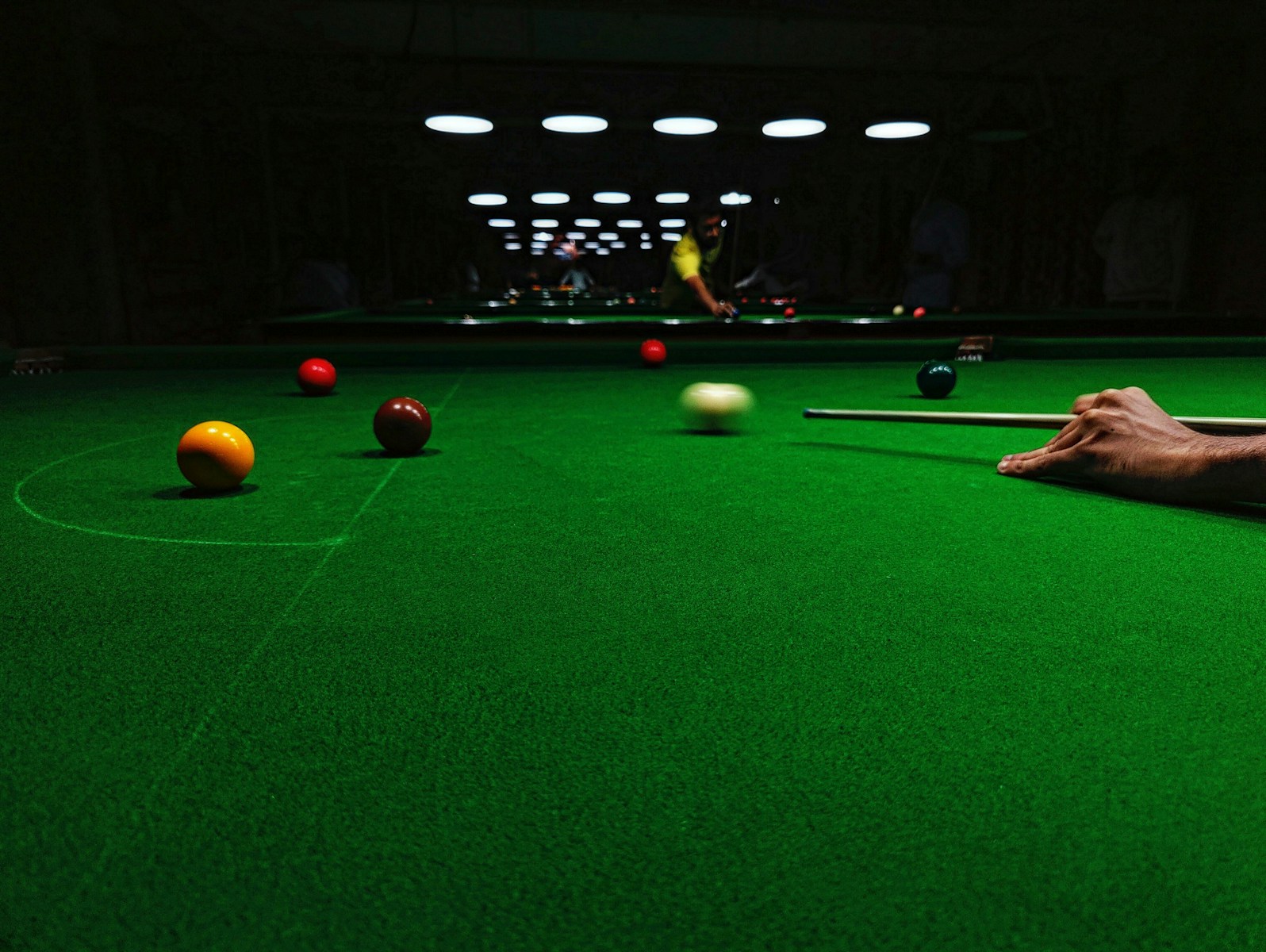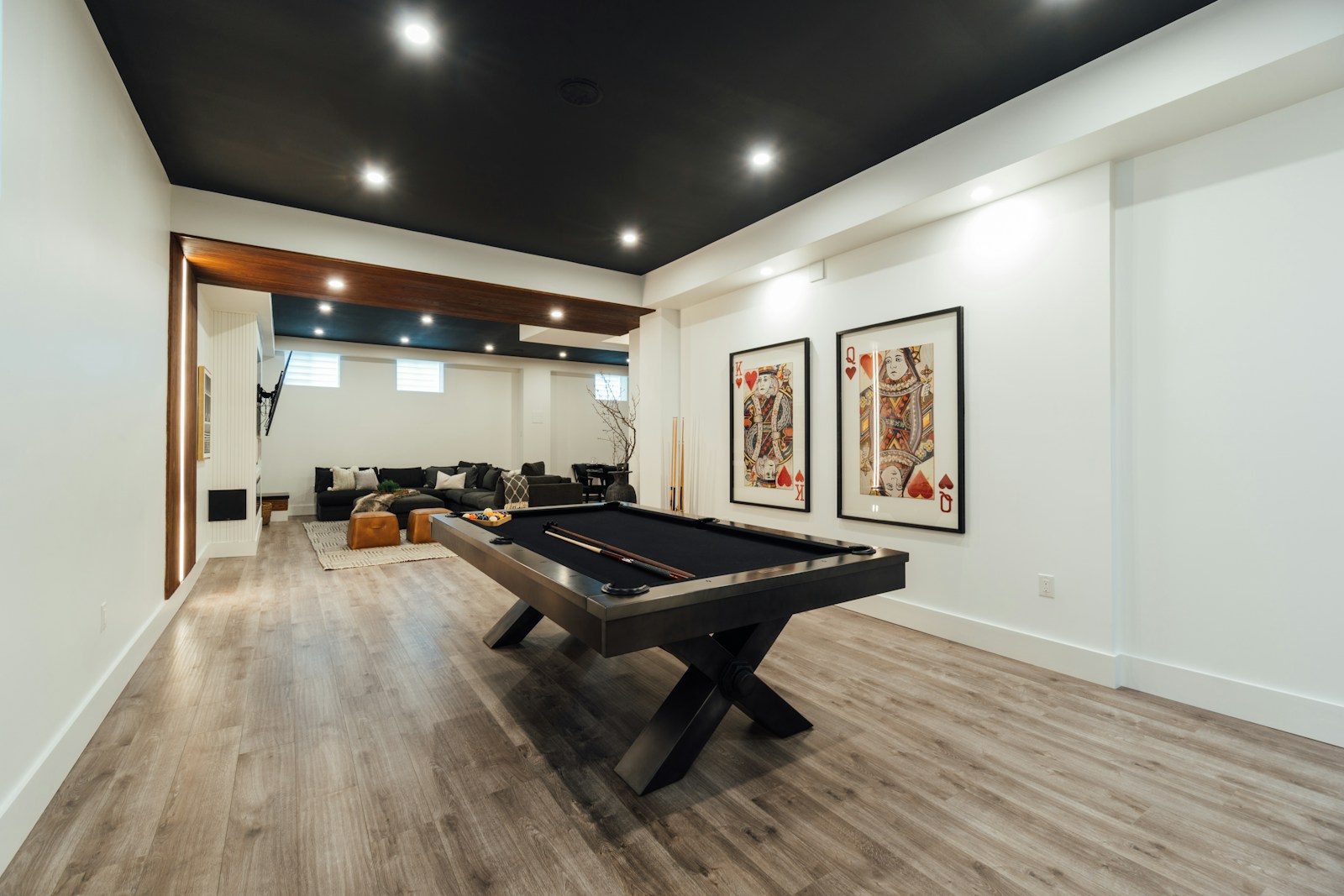
Mastering the Game: A Guide to Billiard Snooker Tables
Billiards is a game of precision, finesse, and strategy. A critical component in playing this classic sport is the selection of the right snooker table. For the passionate billiards enthusiast, the table is not just a piece of furniture; it is the arena for honing skills, competing, and enjoying hours of gameplay. With various types and features to consider, choosing the perfect snooker table is a decision that can significantly impact your experience as a player. In this comprehensive guide, we will take you through the technicalities and intricacies of snooker tables, helping you to make an informed choice as you strive to master the game.
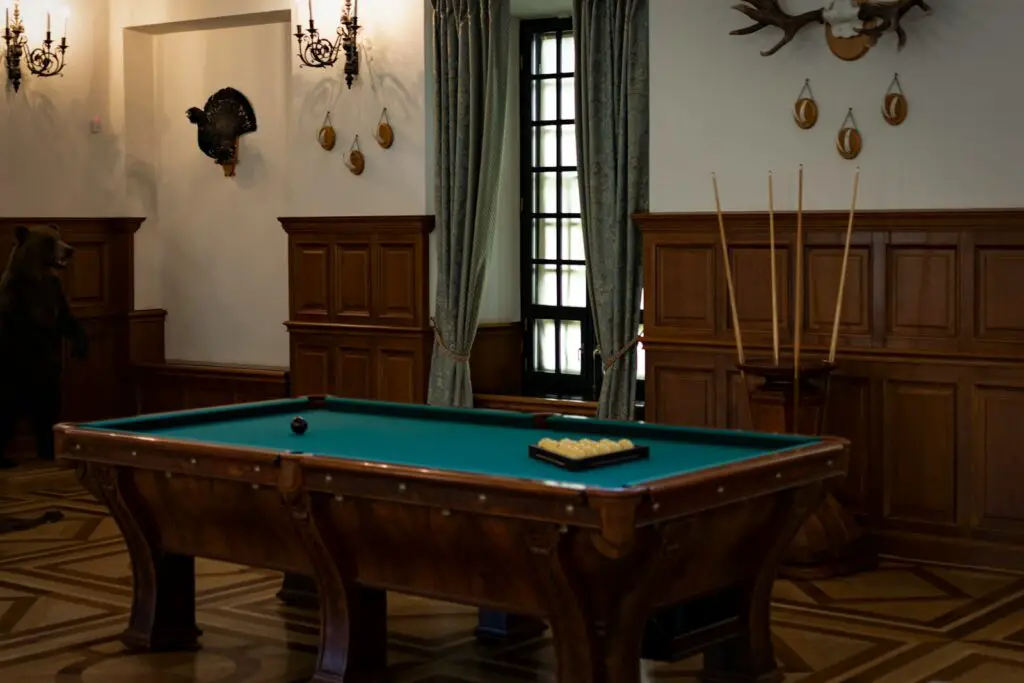
Types of Snooker Tables
The first step in understanding snooker tables is to recognize the different types available. Snooker tables come in several sizes, but the most common are full-size tables, which are recognized in most tournaments. The standard dimensions are larger than those of pool tables, typically around 12 feet by 6 feet, offering a playing surface that demands a high level of skill due to the increased distance between balls.
Standard Sizes and Materials
When it comes to the size of a snooker table, precision and consistency matter. The criteria for the size of a snooker table are strict, ensuring the same level of challenge and uniformity across the board. The playing surface of a snooker table is typically made from slate, a hard and smooth rock that provides an ideal surface for accuracy and is resistant to warping.
Features to Consider
In selecting a good snooker table, beyond the size and material, several features can influence your gameplay:
- Slate Bed: The flatness and durability of the slate bed are crucial for a consistent roll of the ball during gameplay. High-quality snooker tables have a thick slate, with three sections joined seamlessly.
- Cushions: The cushions, sometimes referred to as the ‘rails’, are where the strategic element of the game truly comes into play. These should be made from a flexible material that allows for good ball rebound.
- Cloth Quality: The quality of the cloth on the playing surface can determine how accurately the balls move. Traditionally, baize is used for its smooth texture, which allows the balls to slide with minimal resistance.
Choosing the Right Table for You
The right table for you depends on a variety of factors, such as the available space in your home, the level of play you aim for, and your budget.
Factors to Consider
- Size: The size of the table should be proportional to the room you’ll place it in. It’s not just the length and width to consider but the space around the table for comfortable play.
- Budget: Snooker tables can range from being significant investments to luxury purchases. Consider what you can afford, but also think about the long-term value and quality.
- Slate vs. Non-Slate: A slate bed will offer a more professional and enjoyable playing experience, but non-slate tables can be a more affordable option, especially for casual players.
Comparison Between Slate and Non-Slate Tables
Slate tables have a clear advantage when it comes to playability, offering a flatter surface that minimizes the risk of indents or bumps that can occur with wood or MDF tables. While non-slate tables are lighter and easier to install, their play quality might not be as consistent, affecting rebounds and ball rolls.

Setting Up the Perfect Game
Once you’ve chosen your snooker table, the next steps are installation and maintenance, both of which are pivotal in ensuring the longevity and performance of your investment.
Proper Installation
Proper installation includes leveling the slate perfectly, ensuring the frame is securely bolted to the slate, and fitting the cushions snugly. This is a task that is best handled by professionals to guarantee accuracy and precision.
Maintenance Tips
To maintain your snooker table, you should:
- Clean Regularly: Dust and chalk can accumulate on the cloth, hindering ball movement. Regular brushing and vacuuming are essential.
- Keep an Eye on the Slate: The slate must remain perfectly level to avoid ball drift. Regular checks are needed, and adjustments should be made as soon as any imbalance is detected.
- Ensure Inventory of Accessories: Keeping a full set of extra accessories, such as cue chalk, spare rests, and necessary tools for maintenance, is a good idea for uninterrupted play.
Advanced Techniques and Strategies
With your snooker table set up and maintained, it’s time to focus on your game. Playing snooker is an art that requires practice, skill, and knowledge of advanced techniques.
Tips for Improving Gameplay Skills
- Master the Fundamentals: Focus on stance, bridge, grip, and stroke. A foundation built on strong fundamentals can lead to a more consistent and successful game.
- Strategize: Learn the rules and strategies that are unique to snooker. This includes understanding the game’s intricate scoring system and positional play.
- Practice Regularly: Consistent practice not only sharpens skills but also enhances muscle memory, contributing to a higher level of play.
Common Mistakes to Avoid
- Choking the Cue: A tight grip on the cue can result in less accuracy and a weaker stroke.
- Taking Shots Too Fast: Haste can lead to poor technique and, ultimately, failed attempts at potting balls.
- Poor Positional Play: Not planning your shots ahead can result in leaving your opponent in a stronger position.
Conclusion
The snooker table is more than just a platform for the game; it is a centerpiece for social gatherings, a personal challenge, and a showcase for skilled precision. By understanding the nuances of snooker tables, from their construction to setup and maintenance, you harness the power to transform your game from amateur to masterful. Consider your options carefully, commit to the game passionately, and may each shot draw you closer to billiard greatness.


